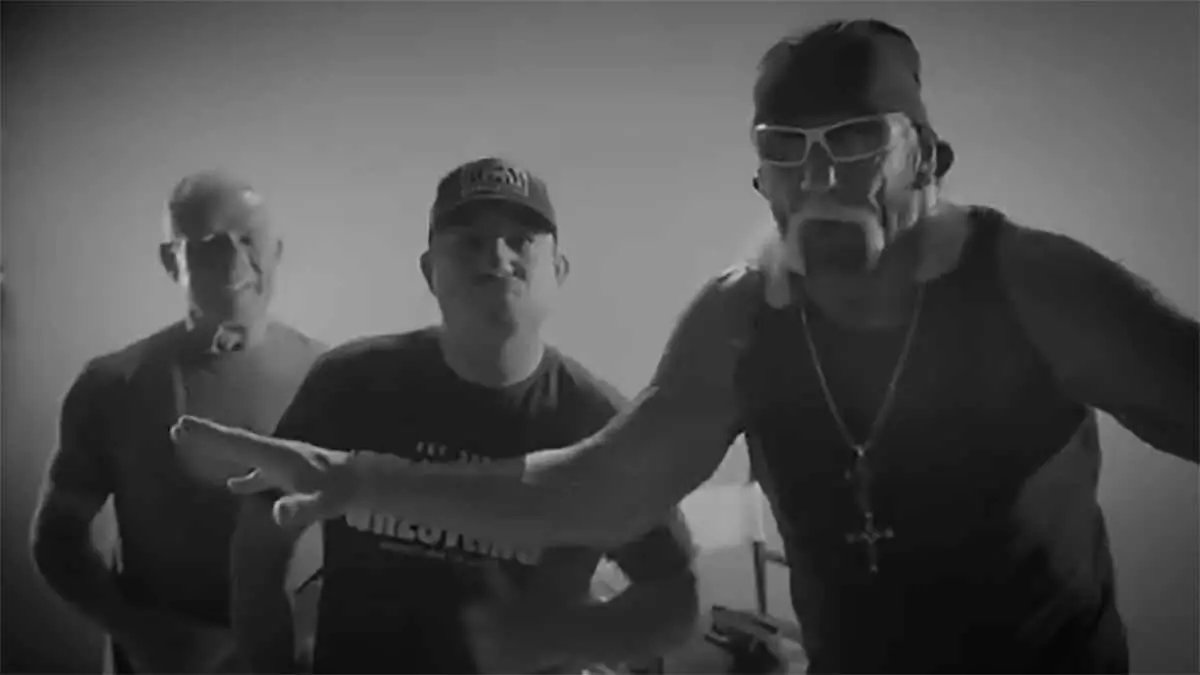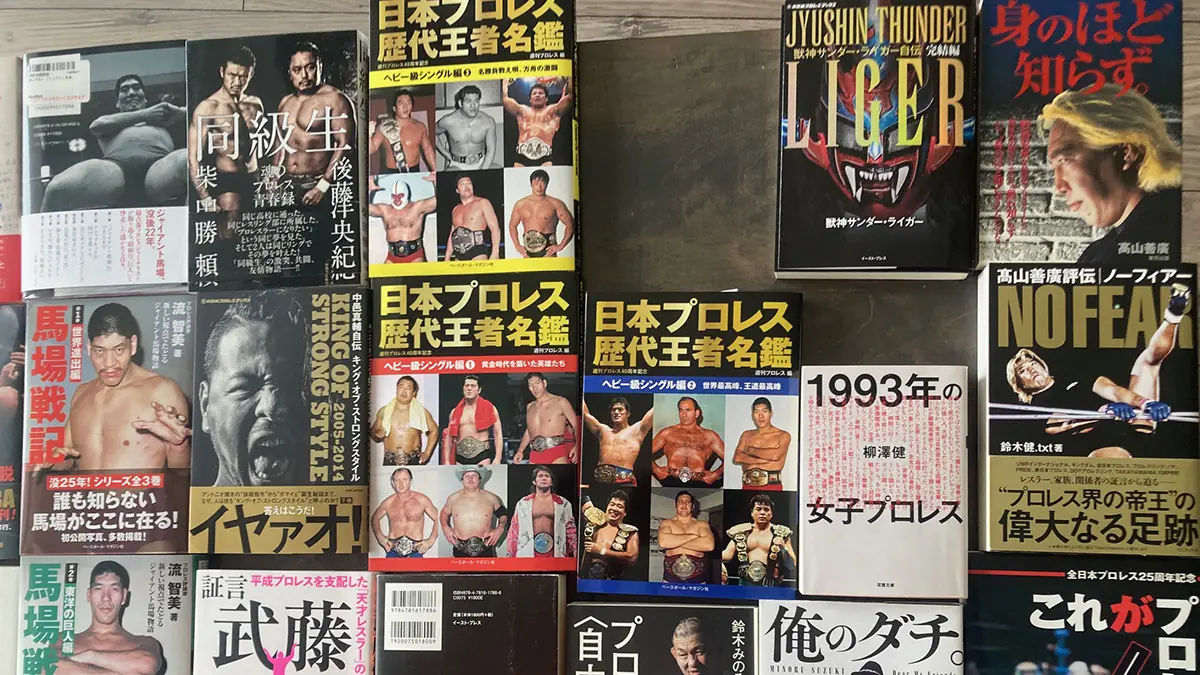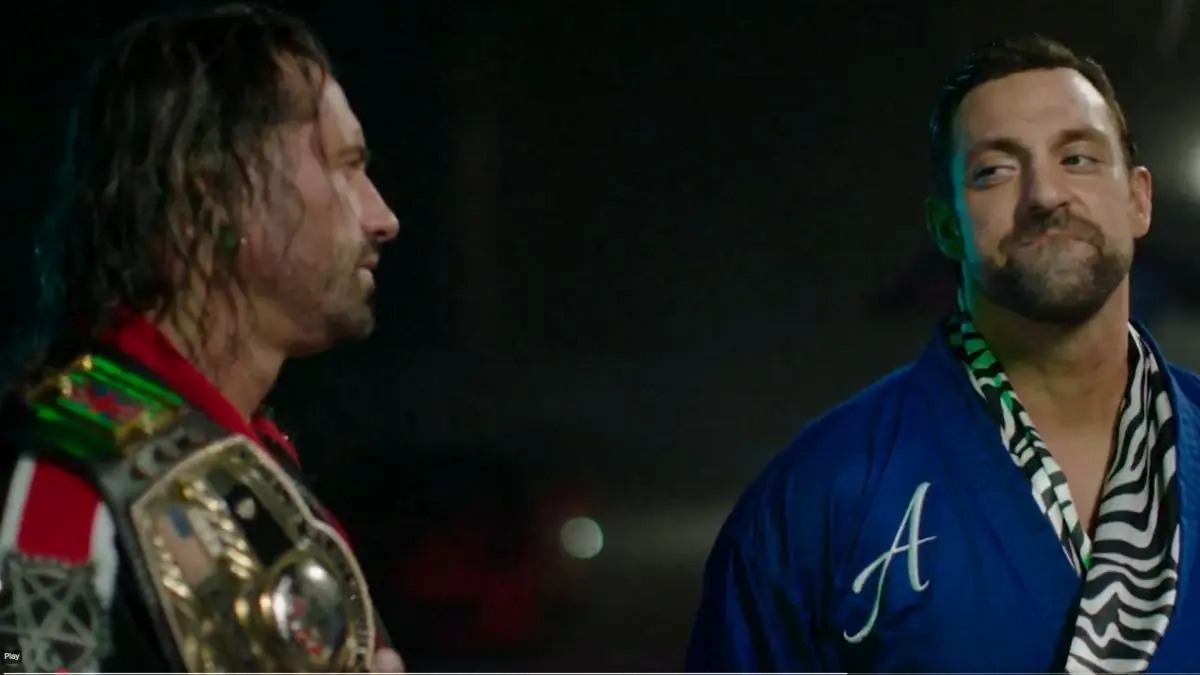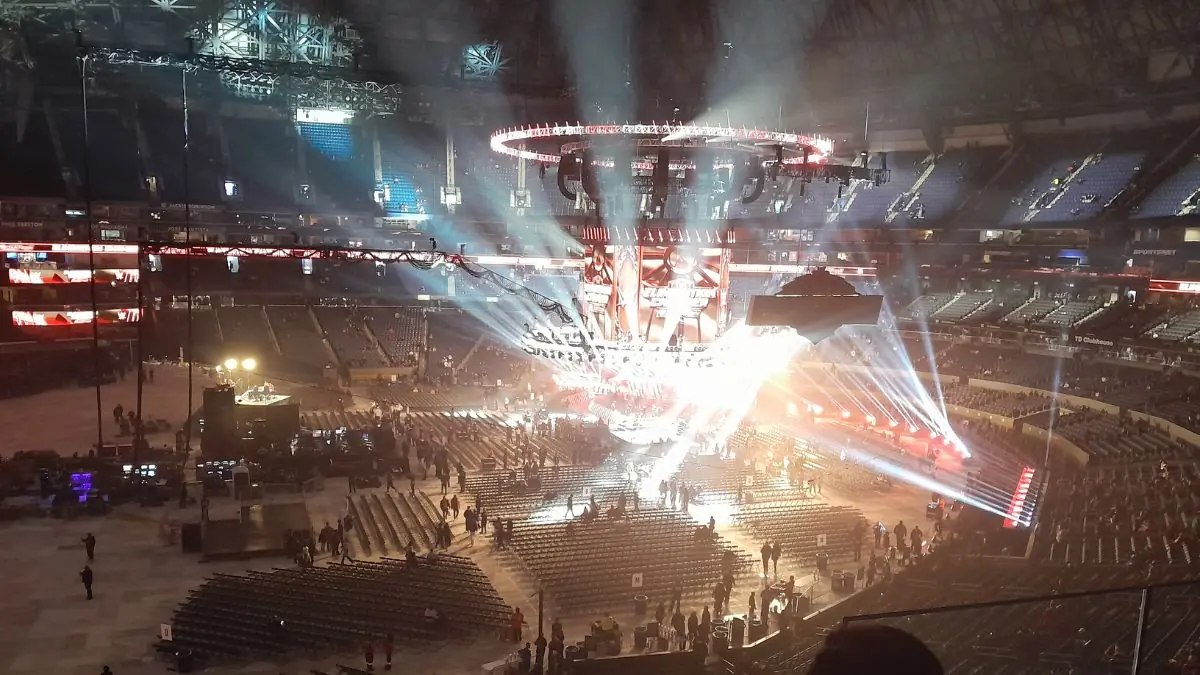
‘Lose the weight or leave wrestling.’ Vince McMahon feared for the worst when he fired Yokozuna from the ring following Survivor Series 1996.
Yokozuna never returned for the WWF, and now he never will. He was found dead at the age of 38 (his official age dated from a 1996 WWF publication) on Monday in Liverpool, England.
A man, who was Rodney Anoia outside the ring, had just celebrated his birthday on October 2.
A former WWF World champion, few recall his days before the WWF. He wrestled throughout Japan and Mexico, but he was in front of a camera for the first time was while working for Verne Gagne in the AWA.
There he was managed by Sheik Adnan Al-Kaissie and was known as Kokina Maximus. Then he did not hide his Samoan background, even claiming to be from Samoa.
He weighed in under 400 pounds, and used the Samoan drop as his finishing manoeuver. He had little success in his short stay there. The AWA folded, and Yokozuna had to find a new place to work.
He worked outside the United States until late 1992. The WWF contacted him through word of former WWF employees Afa, uncle to Yokozuna. Vince McMahon brought him in under a new persona.
The name Yokozuna was introduced, and he was to hail from Japan.
Mr. Fuji managed Yokozuna, and Yokozuna’s size told the story. Played off to be a sumo wrestler, size was Yokozuna’s only opponent in most matches. He often had more trouble moving than wrestling.
His determination built him into main event matches within months of his debut. He won the Royal Rumble in 1993, and he was on his way to winning the World title at Wrestlemania.
Vince McMahon had Hulk Hogan’s next enemy. Hogan had wrestled many foreign enemies during his WWF stay, and now it was time to fight a Japanese wrestler. The fans hated Yokozuna, and they cheered for Hogan’s American values.
Yokozuna’s first WWF World title reign was short. It lasted just minutes.
Mr. Fuji, who was not only Yokozuna’s manager but also his spokesman, challenged Hogan following Yokozuna’s victory over Bret Hart. Hogan accepted and defeated Yokozuna.
The match led to the first King of the Ring pay per view, and Hogan’s final match with the WWF. Yokozuna won the belt in one of the most controversial matches ever in the WWF.
A Japanese photographer was planted at ringside. Hogan was hit by fire coming from the cameraman’s camera. The angle never fully developed because of Hogan’s departure.
It was a time to celebrate for Yokozuna. He set the 4th of July as a day to celebrate. He picked an American monument to celebrate. The show on the U.S.S. Intrepid saw Yokozuna find a new challenger chasing for his crown. Lex Luger bodyslammed Yokozuna and set off a feud that would last a year.
But Yokozuna was too mighty. He held the title until Wrestlemania where he finally dropped it to Bret Hart.
He had little success left in his career. His weight became a major concern in the ring. Many wrestlers refused to wrestle him based on his size and his inability to move. Also, Yokozuna’s stamina was weakening. He was no longer able to wrestle long singles matches.
Vince McMahon began to place Yokozuna with tag team partners. Yokozuna’s partners would do most of the work. He was teamed with such wrestlers as Crush before finding a true partner in Owen Hart. The unusual team held the WWF Tag Team titles for a series of months in 1995.
It was not soon after his tag team loss that Yokozuna began to show signs of becoming a fan favourite. Now managed by Jim Cornette and Mr. Fuji, Yokozuna was hoping for a World title shot.
Vince McMahon saw light when Vader entered the WWF in early 1996. Yokozuna soon dumped his managers, began to speak in a clear English voice and became a fan favourite.
On April 1, 1996 he was in the middle of a feud with Vader that left Yokozuna on the worse end. During a match between the two, Vader jumped hard onto the leg of Yokozuna. The splash was shown on television as a leg break, but it was performed to allow Yokouna to lose weight.
The forklift that carried Yokozuna out on that edition of RAW was real. It was the only way to move a man of Yokozuna’s size.
He did not return until Summerslam 1996, where he faced Steve Austin. Austin was just breaking into his “Stone Cold” character, and Yokozuna had not been seen for months. Yokozuna went for his final Banzai drop onto Austin when the ring ropes gave out. Austin got the easy win.
Yokozuna was kept on the WWF roster for months following his last ring appearance at the Survivor Series where he was put in a mid-card match. Yokozuna went to his home in Los Angeles to lose weight through exercise and dieting. He lost a lot of weight, but could not lose enough for the WWF standards.
His weight had become too massive for movement in the ring. An immobile man in the ring left for often sluggish matches with little movement. The WWF released him. He was not allowed to wrestle in many states because of his size.
The WWF had reported that he had to get around 400 pounds before they would take him back. Yokozuna dropped over a 100 pounds, but his 600-pound frame was still too massive. He just could not lose anymore.
Stories were always told about his eating habits. One sitting of a three dozen eggs, a jug of orange juice, a pound of bacon and a couple stacks of pancakes was one story told.
He checked into a dietitian frequently, but he made little progress. Padding in his tights made him bigger when he first entered the WWF, but the padding was not needed at the end of his career.
The 6’4″ Yokozuna did not have much to look forward too after the WWF. He did a few independent appearances over the next couple of years. Rumors of his return to the WWF or the WCW never developed. He was not able to wrestle in many states due to his size.
His last appearance on television came at a Heroes of Wrestling event in 1999. Once again involved in a tag team match, Yokozuna did not even step into the ring. He was brought in as a draw, but he was not physically able to wrestle.
RELATED LINKS
https://slamwrestling.net/index.php/2023/03/26/wwe-aes-biography-offers-repackaged-tragic-tale-of-yokozuna/
https://slamwrestling.net/index.php/2000/10/23/yokozuna-dead-at-34/




